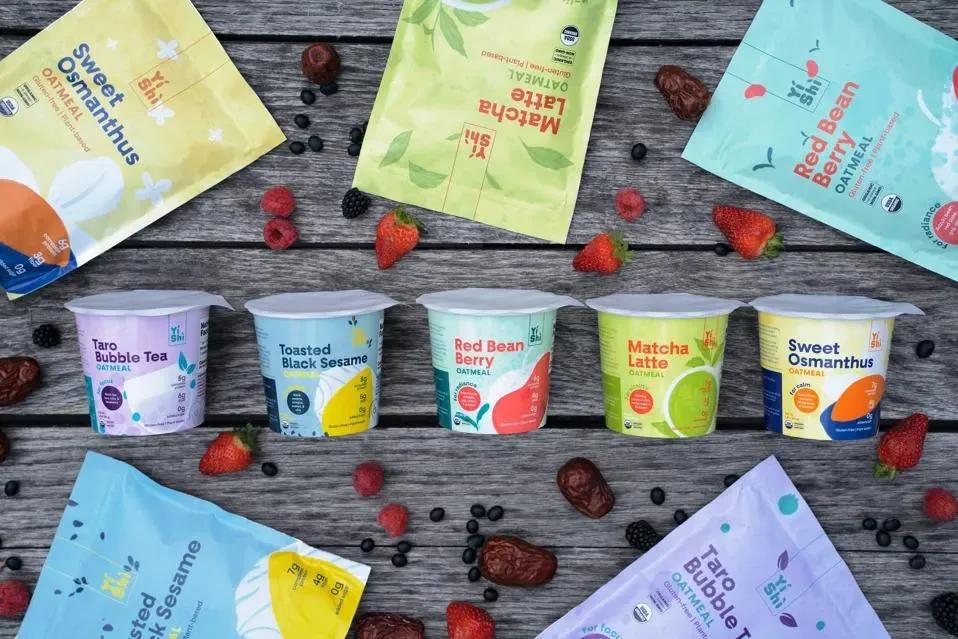How the Barcode’s Evolution Will Drive Tech-Enabled Traceability

By Shane Morris | Business Development Director Ecommerce at GS1 US
You may be familiar with the most well-known GS1 Standard—the UPC barcode. But did you know that the retail industry is on the verge of a major change to respond to increased consumer demand for more information? Brands and retailers are beginning to transition UPC barcodes, a 50-year old technology, to more data-rich, robust two-dimensional barcodes (i.e. a QR code).
To be clear, the identification numbers encoded into the UPC barcode will not change. Brands will still need to get authentic Global Trade Item Numbers (GTINs) which are often a requirement for many retailer and marketplace product listings. With the shift to 2D barcodes, e-commerce companies gain the ability to provide heightened consumer experiences via the product package that UPC barcodes just can’t enable. The QR code can both be scanned with a smartphone for more information and will also go “beep” at checkout. This creates the streamlined ability to showcase stories about the brand’s founder, provide more detailed information about product origins and ingredients, extend loyalty programs and coupons, and more. In addition to significant consumer engagement benefits, there are also huge supply chain and traceability benefits.

This shift will benefit many different kinds of industries and enable any product package to become a portal to more information. For companies large and small, it’s time to start thinking about how to leverage this innovation to support supply chain visibility and traceability programs.
GS1 Digital Link
The 2D barcode holds more information than a UPC, helping to boost back-end B2B operations mainly thanks to a new GS1 Standard called the GS1 Digital Link. It provides a means of delivering a consumer engagement experience and more data (such as batch/lot, expiration date, serial number, etc.) while enabling connections to more B2C and B2B information—good news for any supply chain participant who wants to share and store more information for better efficiency.
Under current legacy barcode systems, the UPC is leveraged at the point of sale while the GS1-128 barcode typically plays a key role in shipping, receiving, and distribution. GS1 Digital Link helps supply chain partners merge different data silos together for streamlined inventory management and tracing in the supply chain. Consolidating these separate systems and processes using one code can make identifying recalled product easier, improve “first in first out” inventory management, and expedite the disposal of damaged or potentially harmful products.
Proactive Traceability
Never before has the need to trace products been more critical. For example, the U.S. food industry is becoming subject to more food safety regulations, which requires more tech-enabled traceability. This is not only an urgent need to protect consumers in the event of a recall, but it signifies a shift toward becoming more proactive in preventing issues before they start.
The first step to improve product traceability, and eventually reap the benefits of the 2D barcode evolution is to ensure you are setting up your products to be identified with GTINs from a GS1 organization. Lin Jiang, founder of the Asian-inspired oatmeal brand, Yishi Foods, was grateful she had set her products up with GTINs from GS1 US, as they became essential for tracking products in distributor and logistics partner systems.
“One time, we learned from our manufacturer about a defective batch of product that was on schedule to be part of a launch with a new retailer,” said Jiang. “Our GTINs from GS1 US helped us communicate with partners to isolate the product line that was defective. ”
How to Prepare
GS1 US is collaborating with retailers, brands, and solution providers for more widespread pilots to test various use cases for the 2D barcodes, with 2027 being the intended milestone for critical mass.
For a brand right now, it’s important to start to think about what kind of data you want to exchange via the new robust barcode. What story do you want to tell your consumers? What supply chain problems could this solve for? Many brands are already using QR codes alongside UPC barcodes to engage consumers. Closer to 2027, this can be expanded as you are ready to support additional supply chain use cases and as the 2D barcode becomes more prevalent in retailer and distribution settings. Batch, lot, and serial numbers may be added as the capabilities to scan and ingest this information gains momentum.
For more information about 2D barcodes, including podcasts and guidance on adoption, please visit https://www.gs1us.org/lp/2d-barcode-innovation.
To learn more specifically about GS1 Digital Link, visit https://www.gs1us.org/industries-and-insights/standards/gs1-digital-link.


